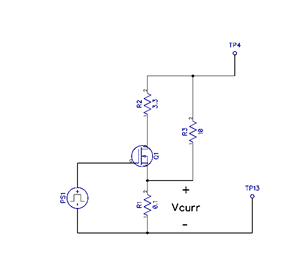Other Parts Discussed in Thread: TPS54560
Hi,
I don't know if this is so much a question as a sanity check. I'm working will a celluar modem provider, and am trying to integrate one of their products.
We have are using a LP38501-ADJ providing 3.9V which is fed 5V by a TPS54560. I have 180uF of bulk capacitance on both of these power rails. The celluar modem provider is claiming that LDO's simply will not work because they aren't fast enough, and that switching power supplies are faster. This really contradicts what I know and what I've read in Application notes. They are claiming that they need to provide up to 2A of current.
I've shown them bode plots from the datasheet of LP38501-ADJ , and a 4V power supply power supplies designed by WEBENCH. I've also put together a load tester with a power Mosfet and some load resistors. Every thing looks OK from where I'm sitting.
I'm wondering am I missing something? Are there any conditions in which this LDO is slower than a typical switching power supply?


